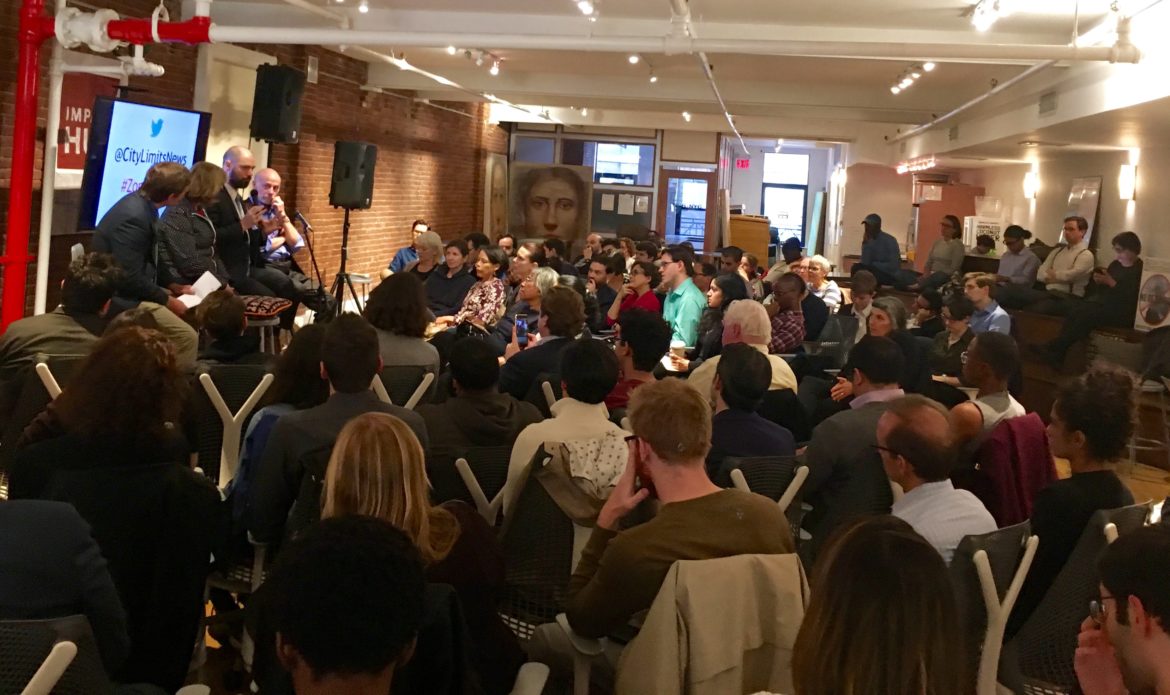
Fran Reilly
Tom Angotti, Vicki Been, and Moses Gates debate at Rezone Or Leave It Alone, A City Limits panel discussion
On Wednesday night, former housing commissioner Vicki Been, Regional Plan Association’s Moses Gates and Hunter Professor Tom Angotti hashed out their disagreements on Mayor de Blasio’s rezoning policy at Rezone or Leave It Alone, a City Limits’ panel debate.
Been, who recently returned to the faculty of NYU, oversaw the first three years of de Blasio’s plan to build or preserve 200,000 units of affordable housing, while Gates, formerly at the Association for Housing and Neighborhood Development, has advocated for policy reforms like a mandatory inclusionary housing program with deeper levels of affordability and a rezoning strategy that targets high-income neighborhoods. Angotti has become a leading critic of the mayor’s rezoning strategy with the publication of his co-authored book, “Zoned Out! Race, Displacement and City Planning.” As the three engaged in a lively and sometimes heated discussion about the city’s affordability crisis, some major points of contention emerged. You can watch it yourself, or read our summary below.
On the most foundational level, there was disagreement on the city’s needs. Been and Gates both emphasized the importance of fostering housing growth as a means to accommodate New York City’s increasing population. The city’s population grew over 4.4 percent between 2010 and 2016, the fastest rate in over 50 years, with an increase in the ratio of births to deaths offsetting a net outflow of residents.
“That’s a fact that we have to deal with,” Been said. “How are we going to accommodate the growth in New York City without some changes in zoning ordinance that’s from 1961?”
But Angotti questioned this goal, arguing that city residents do not wake up thinking about growth, but rather are concerned with more pressing problems in their neighborhoods as well as the homelessness crisis, which he believes will not be answered by stimulating private investment in the housing market but rather through city investments in housing for the homeless.
There are also disagreements about where to place whatever growth occurs. Been said that the administration chose neighborhoods to study upzonings by examining what neighborhoods have historically been disinvested and deserve better attention from the city, what areas have already partaken in neighborhood planning processes, and where there were sufficient opportunities for growth without tearing down existing homes (though she also admitted later that the proposed rezonings will also result in some tear downs).
Angotti framed the attention received by these long-neglected neighborhoods in a different way. “They are the neighborhoods that were left. They’re the neighborhoods that investors would like to target because the [rest of the city is] getting saturated,” he said, arguing that the upzonings mainly served to benefit private investors.
Gates said the city needs to rethink what kind of neighborhoods it considers ripe for growth and rezone more high-income neighborhoods with the city’s mandatory inclusionary housing policy, instead of just low-income neighborhoods. In his view, rezoning a low-density district to encourage McMansion owners to convert their properties for multi-family development is better than rezoning an industrial area that might be home to blue-collar jobs. He also argued that it’s not economically smart to rezone a low-income neighborhood with a weak market, where any housing that’s built would have to be subsidized by the city. He further noted that the city can invest in neighborhoods without necessarily centering those investments around a residential upzoning—as he said the city is currently doing in Edgemere, Queens.
Been argued in response that the city is pursuing site-specific rezonings in many high-income neighborhoods but that neighborhood-wide rezonings are difficult in these areas because some are already high-density. As for a neighborhood like Forest Hills, Been told City Limits after the panel that the inevitability of local opposition to redevelopment might make it a waste of time for the city to study a rezoning.
Another disagreement centered on whether the city was doing enough to address the issue of displacement in rezoning neighborhoods. Been recognized displacement, as well as rent-burdening, as a serious concern and listed many initiatives—from a legal right to counsel to the city’s community preference policy (which requires that residents of the local community board receive preference half a project’s affordable units)—that the administration has launched to protect tenants. But Angotti didn’t think these efforts made a difference and argued the rezonings exacerbate existing market-rate forces and ultimately displace most low-income people.
As for the community engagement processes, all three speakers agreed there was room for improvement. Gates emphasizing the importance of not being “prescriptive” to neighborhoods about the outcomes of a planning process, or allowing local planning decisions to be driven by numerical targets (like 200,000 units of affordable housing). Angotti faulted the city’s current engagement for failing to actually plan for all the other needs of a neighborhood and make legally binding commitments to meet those needs, while Been said the city is trying to listen to the needs of residents, but that there aren’t always enough resources to accommodate everyone.
Whoever you sided with by the end of the night, it can be agreed that urban planners are at odds with one another in part because of the bind in which they find themselves—in a city with limited state and federal support for affordable housing construction, under a state government that refuses to raise taxes or strengthen rent regulations, lacking a publicly-sponsored regional planning effort to encourage balanced economic and residential growth throughout the tri-state area, and in a democracy where moneyed players still have undeniable swaying power.



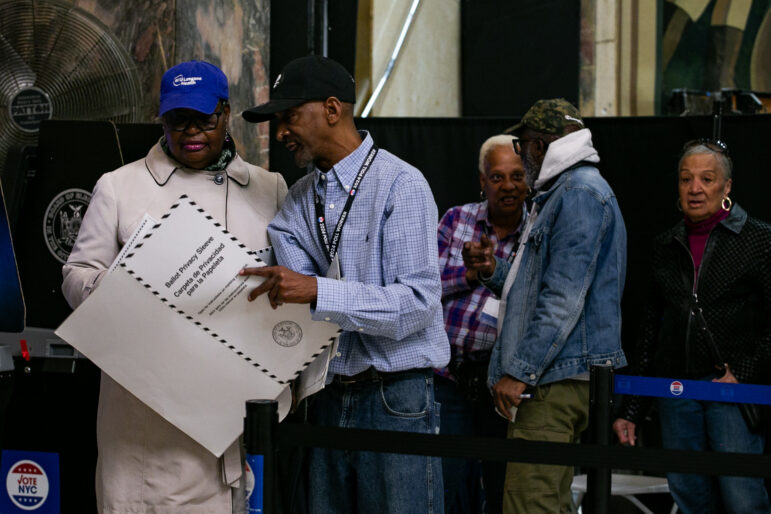
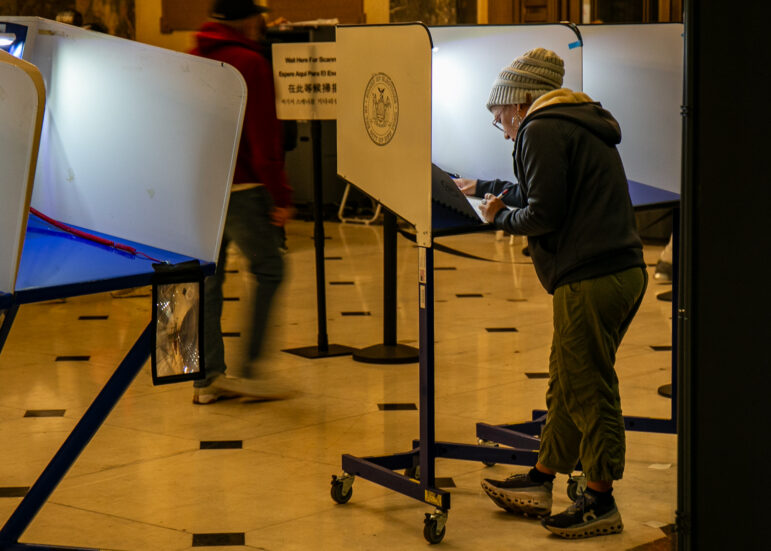
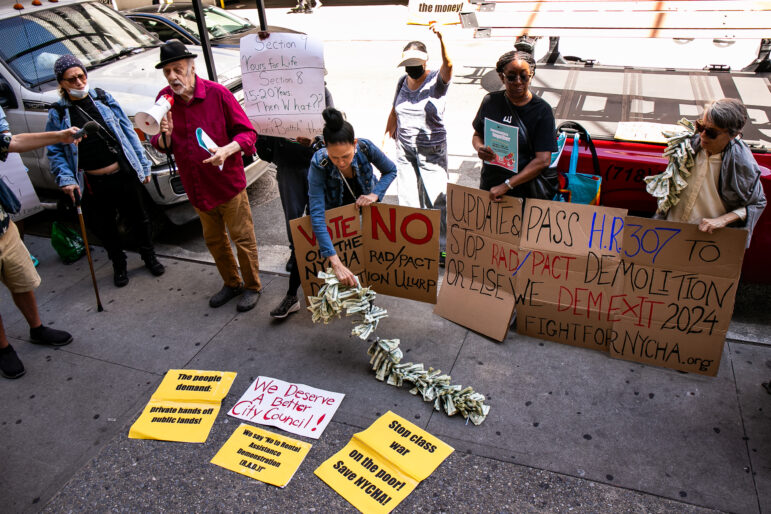
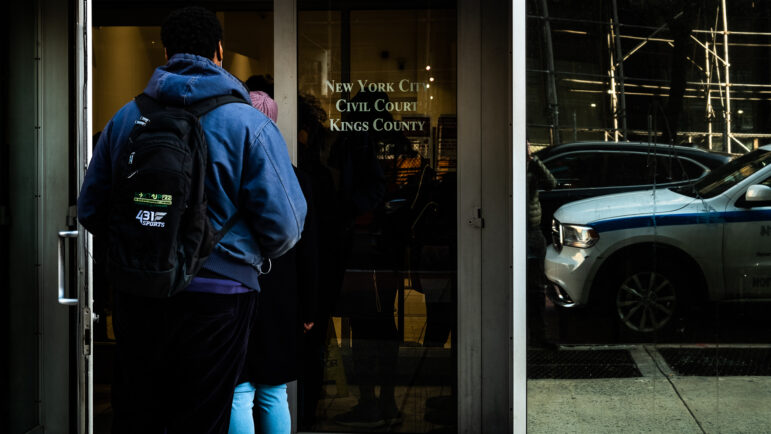


5 thoughts on “Clash of Opinions on De Blasio’s Approach to Rezoning”
‘In his view, rezoning a low-density district to encourage ‘McMansion’ owners to convert their properties for multi-family development is better than rezoning an industrial area that might be home to blue-collar jobs.’
Really? Just like that private homeowners are going to spend (at least $100k) to ‘convert’ their private 1-family homes into multi-family to satisfy your progressive fantasies. I think what your really want is for all private 1&2 family homes to disappear. BTW what is considered a ‘McMansion’ in NYC? How many SqFt?
Forget about large numbers of well-paying jobs ever returning to NYC. Industrial areas should be rezoned for high-density apartment buildings and commercial areas.
I doubt the homeowners would spend that money. They might (voluntarily!) sell to a developer who will be able to build far more units, housing more people on that land in exchange for ensuring a percentage (20% let’s say) are affordable. The scenario herein described isn’t a ‘progressive family’, it’s a capitalist one, only tempered by that 20% requirement.
This is driven by big real estate looking for big money. They run the town. The mayor is a fake. He has created increased homeless while pretending to be a progressive. He destroys libraries. NO end in sight. His policy folks just justify this madness
http://www.lovebrooklynlibrariesinc.org and on facebook
I love my local NYPL branch but deBlasio has done more damage than cutting library funding. Increased street homelessness is making the city looks like it was in the 1970s and 80s. Times Square area also falling back into open drug dealing. Property taxes go up every year to pay for his socialist schemes.
She wasn’t referring to library funding, but to a coordinated, city-wide plan to use New York’s branch library sites, city-owned land, as “hubs” for upzoning and real-estate development in the surrounding neighborhoods. This requires “redevelopment” of the library, which means in plain English, tearing it down and, some years later, opening a new one in a new much larger (often residential) building on the same site, which has been transferred to adeveloper for one dollar. The buzzword for this is “co-development opportunities” — something about which, at this point, the general public knows almost nothing (unless you happen to live in one of the neighborhoods like Brooklyn Heights or Inwood (Manhattan), already targeted.)
If you want to learn more, read
https://nycfuture.org/pdf/Re-Envisioning-New-Yorks-Branch-Libraries.pdf
especially pp.51-52.
Remember, the affordable housing part of it is basically a gimmick to provide subsidies to the developer and to allow a larger building so as to justify an upzoning.